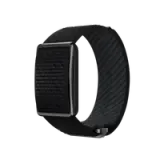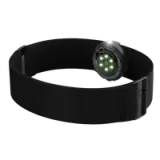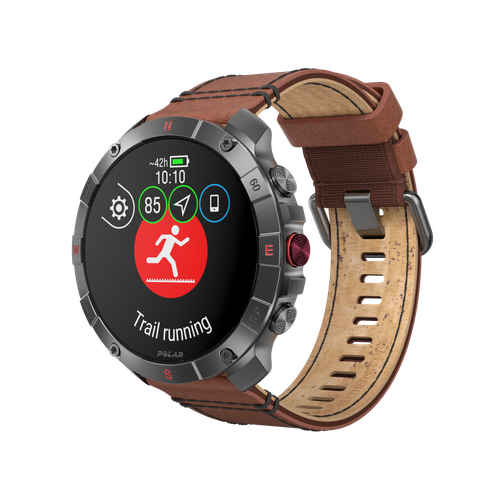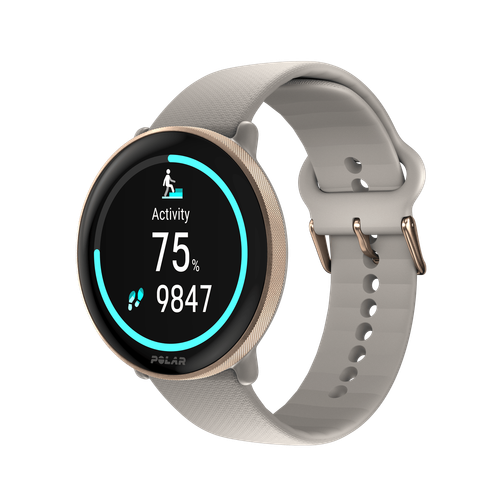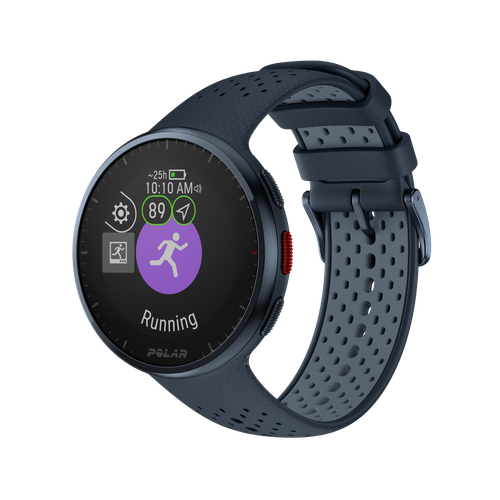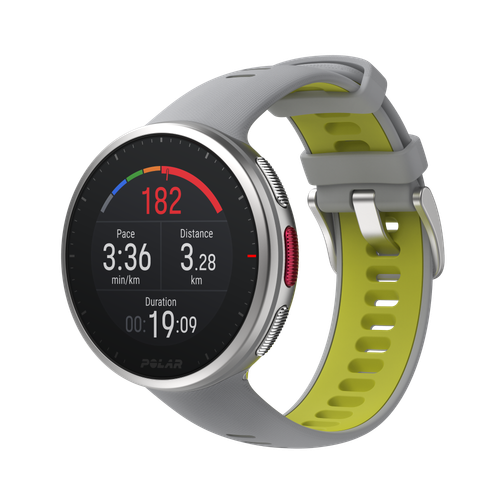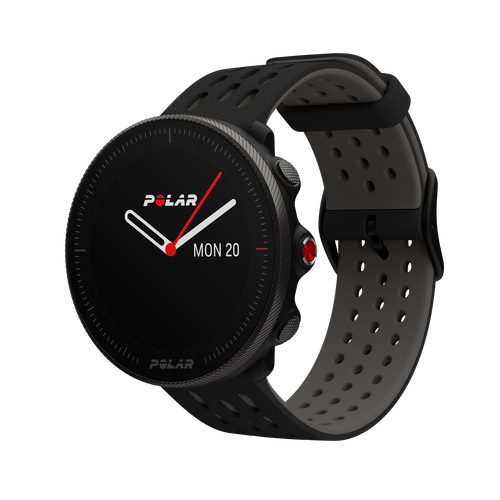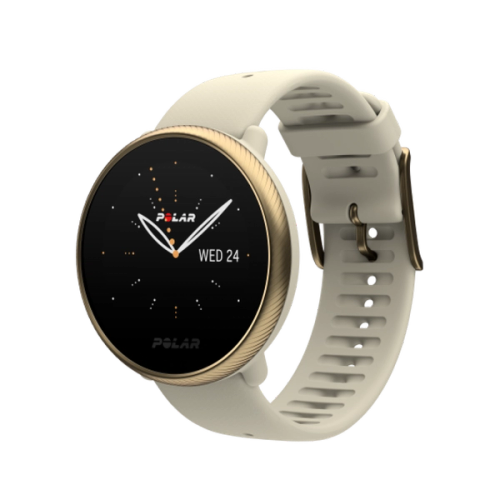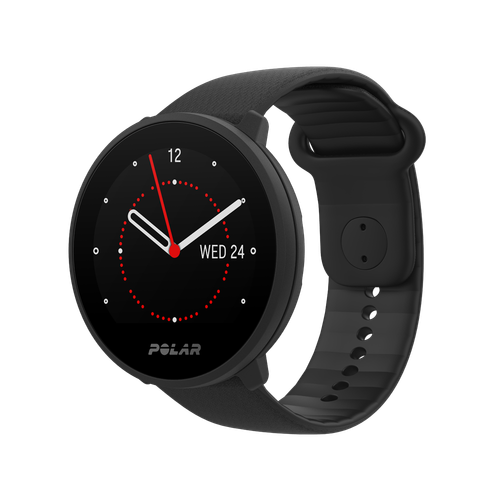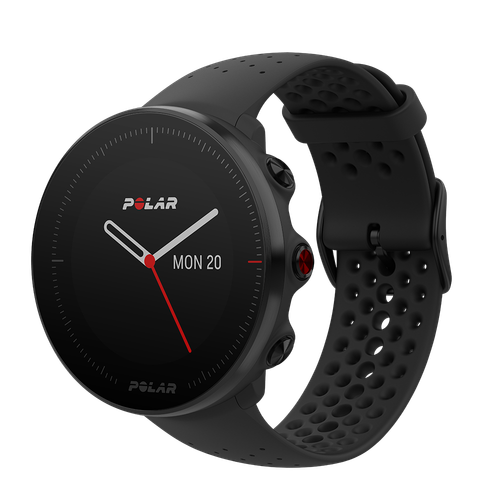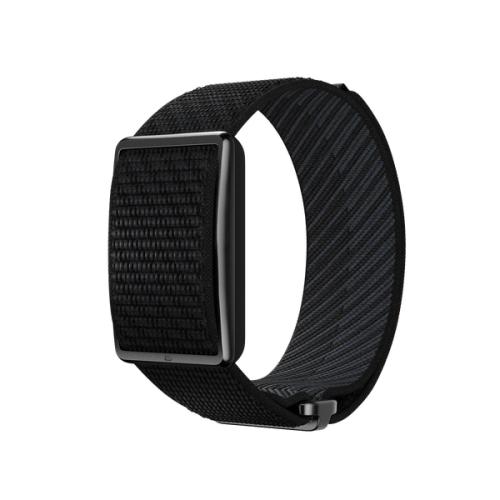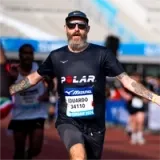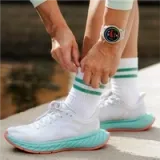If you've ever run the London Marathon, you know precisely where Limehouse Town Hall is. As you rounded the corner at the 21st mile, your eyes would have seized upon the elegant Hawksmoor spires of St Anne's Church. But your ears would have been taken over by something entirely different. A literal two-story wall of sound next door.
Back in the late 2000s/early 2010s, I was part of the crew that would come together every Marathon Day to pump out inspirational songs from the enormous speaker stack (thanks to our audio nerd Sam) and cheer on the runners. Iron Maiden's Run To The Hills received heavy rotation. The BPM of Survivor's Eye of the Tiger and The Proclaimers' I'm Gonna Be (500 Miles) made them motivational classics. And, of course, we would have been seriously remiss not to blast the Chariots of Fire classic by Vangelis at the odd amusing moment.
Being a self-appointed cheer squad was a job we took pretty seriously (one I understand the amazing Run Dem Crew have since taken over on the exact same spot). There was nothing quite like seeing people's sweaty faces come alive as they turned onto Commercial Rd, suddenly realizing they'd made it past the 20-mile mark and were now greeted by a truly rousing rendition of Queen's We Are the Champions.
Maybe it was their first time. Maybe things just weren't feeling right that day. But most of the time it was folks doing it their own way. Pacing themselves to enjoy the journey. Walking when they wanted. Jogging when it felt right. Continuously putting down one foot in front of the other.
The thing was, we weren't so interested in those at the front of the race. Not to take away from their achievements in the slightest. However, we knew those first couple of thousand marathoners didn't need a ragtag bunch of artists, activists and amateur athletes who had studios in Limehouse Townhall to cheer them on. Nope, we were much more interested in the runners who were toughing it out or taking it slow.
Maybe it was their first time. Maybe things just weren't feeling right that day. But most of the time it was folks doing it their own way. Pacing themselves to enjoy the journey. Walking when they wanted. Jogging when it felt right. Continuously putting down one foot in front of the other. The charity champions in their colorful costumes. The at-ease runner, clearly slowing their roll to keep pace with a friend who was struggling. The deeply wrinkled runners whose level of physical fitness and determination made our twenty-year-old jaws drop.
We LOVED these runners. We would be shouting out bib numbers. Punching the air in recognition with them. Dedicating songs to them. Sharing smiles. Sharing the joy. I think it had something to do with participating in a race you had zero intention of trying to win. In a world where we're told if you are going to do something, you should do it right, these folks were doing things their own way. Doing it for themselves. Most of them wouldn't have considered their vibe to be punk AF, but we certainly saw them that way.
Suffice it to say, I've seen the tail end of the London Marathon many times. The April sun would begin to set, the crowds would disperse, and the running lanes would be narrowed to allow traffic to start flowing on the other side of the road again. Yet, we'd wait for some of those last determined few to come through before the daylight dwindled, cheering them along.
undefined
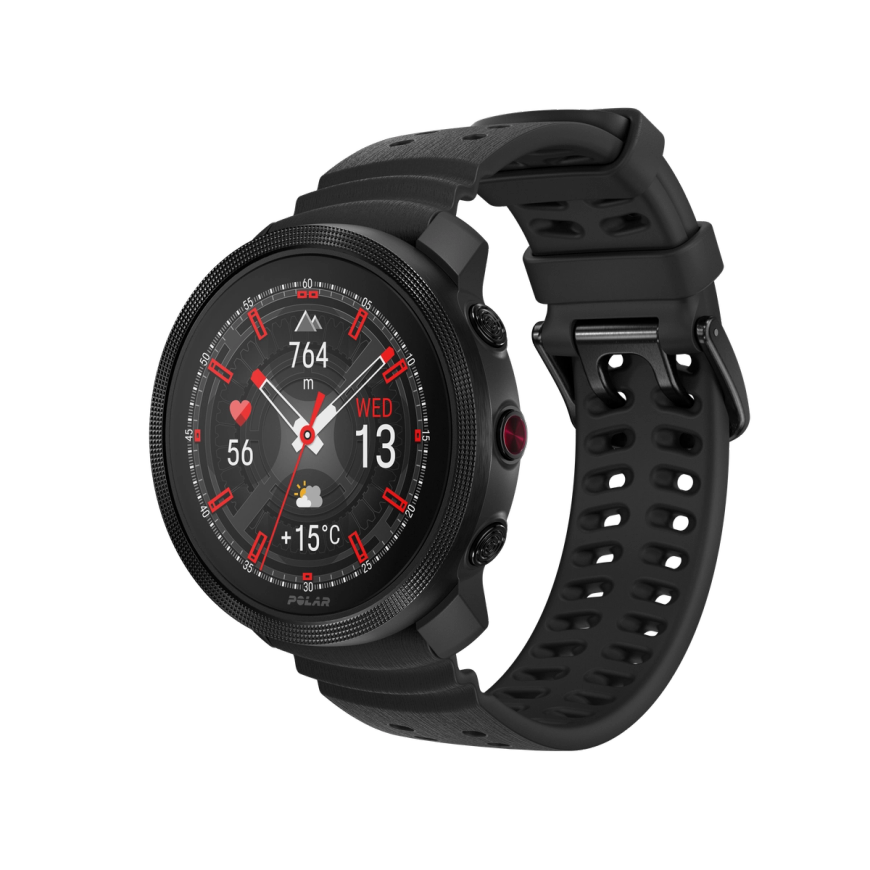
Polar Vantage M3
Smart Multi-Sport Watch
Polar Vantage M3 is a smart multi-sport watch for multi-sport athletes that’s compact yet powerful, stylish yet strong, and designed to bring extraordinary training, sleep and recovery tools into everyday life.
Some would have faces full of emotion, vulnerability and pain. Others would just look a little embarrassed by the unexpected support, wanting to simply continue with their process. And a few were clearly delighted that they were still going and reveled in the attention. While the news the next day would be detailing the many new Guinness World Records, these last unsung heroes would be recovering in the knowledge that they finished, having entirely run their own race.
Of course, not everyone is so supportive of slow runners. After all, heckling is considered a great British tradition. So, it wasn't unusual to see people take the opportunity to lean out their car window and shout unsolicited and unsupportive 'advice' (or simply cruel taunts) to a marathon walker. This was something that Jo Gennari, a health services worker and part of the Running Punks community, witnessed more recently as a pacer with slower runners in the 2019 London Marathon. While supporting people taking that bit longer to complete the race, she saw firsthand how much harrasment these competitors received - even from contractors de-rigging the course itself.
These experiences inspired Jo to work with the executive team at the London Marathon and help launch Tailwalkers – a large and enthusiastic support team specifically for those who take longer than eight hours to complete the race. This group of volunteers run/walk with slow runners to ensure they are treated with the same respect throughout the marathon as every other participant.
A similar initiative that is now part of the London Marathon is Team Finish Together, which was inspired by Learning and Development Manager Shreena Kotecha. When she completed the marathon in 2022, she was underwhelmed by the atmosphere at the finish line for slow runners. The crowds had been replaced by street cleaners and hardly anyone was there to acknowledge what participants had just accomplished. So, Shreena made it her mission to ensure no one now has a deflated finish. She and TFT crew greet the late arrivals with confetti and cheers, capturing their end-of-the-race moments in some pretty emotional videos.
For example, the New York City Marathon has a crew that greets its 'final finishers' not only with cheers and high-fives but much-needed ponchos to help support the runners in the rapidly cooling evening temperatures.
London Marathon isn't unique in having an increased understanding of why it's essential to support and celebrate its slow runners. For example, the New York City Marathon has a crew that greets its 'final finishers' not only with cheers and high-fives but much-needed ponchos to help support the runners in the rapidly cooling evening temperatures. It's thoughtful gestures like this that can really transform the vibe of the entire event into something that is genuinely inclusive of all participants.
And then there are moments like the end of last year's Berlin Marathon that truly highlight how that last person to finish can sometimes be the most important person in the race. 82-year-old Peter Bartel was the 54,280th person to finish in 2024 – but was one of the first to finish exactly 50 years earlier at the original marathon in the German capital in 1974. As he approached the end, Peter carefully lowered himself to his knees and kissed the finished line. I dare you to try and not to well-up when you watch that video online.
Like many other events around the globe, the London Marathon is balloted, with participants selected at random. So, it wouldn't surprise me if some folks grumble about how such events should be exclusively for "real runners." That the "back of the packers" shouldn't be taking up ballots.
But I say take up all the space you need. Especially if you think you don't look like the marathon 'type.' You'll soon realize that these kinds of events truly welcome everyone. So, if you want to slow run a marathon, or even mostly walk it, do it with intentionality and pride. Make Slow by Kylie Minogue your event anthem, and feel free to make an offensive gesture at anyone who tells you to hurry up. I'll be cheering you on in spirit.
Enjoying this article? Subscribe to Polar Journal and get notified when a new Polar Journal issue is out.
Subscribe
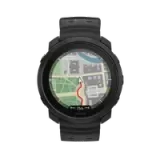 Polar Vantage M3
Polar Vantage M3
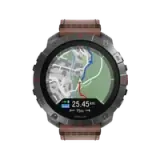 Polar Grit X2 Pro Titan
Polar Grit X2 Pro Titan
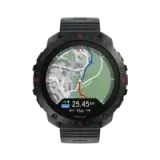 Polar Grit X2 Pro
Polar Grit X2 Pro
 Polar Grit X2
New
Polar Grit X2
New
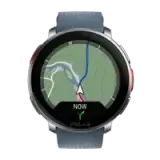 Polar Vantage V3
Polar Vantage V3
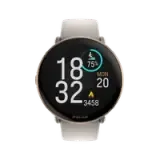 Polar Ignite 3
Polar Ignite 3
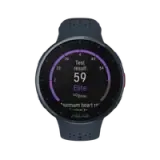 Polar Pacer Pro
Polar Pacer Pro
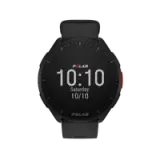 Polar Pacer
Polar Pacer
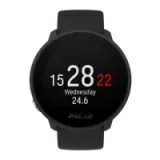 Polar Unite
Grit X Series
Vantage Series
Pacer Series
Ignite Series
Polar Unite
Grit X Series
Vantage Series
Pacer Series
Ignite Series
